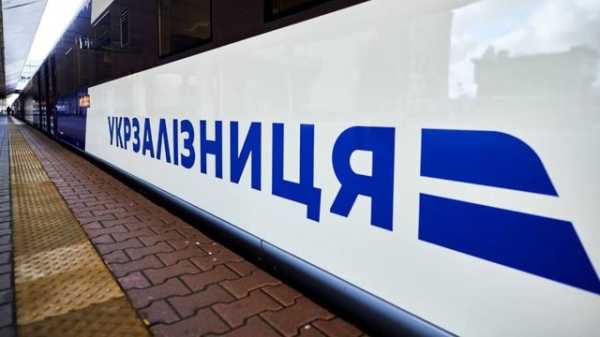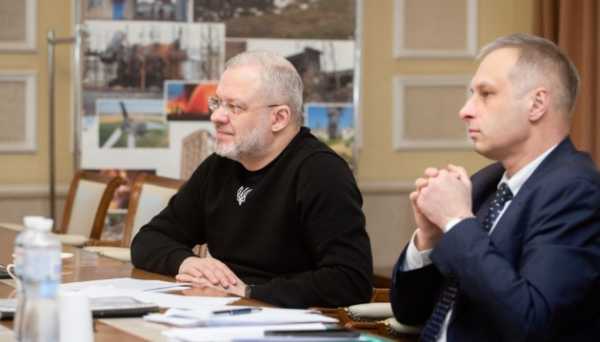Time for border control at Mostyska II station to be reduced, increasing border throughput with Poland – Ukrainian Railways
Facts Economy Sport Investments Diplomacy Regions Projects
Special Topics:
Crimea Red Cross Restoration of Ukraine War Energy Open4business

JSC Ukrzaliznytsia has completed a project to relocate the train border control checkpoint to Mostyska II station, the last station before the state border with Poland in the Lviv region. This initiative aims to reduce the duration of border checks for passenger and freight trains, thereby increasing throughput, Ukrzaliznytsia's press service reported on Wednesday.
The project was implemented through co-financing from the Connecting Europe Facility and the European Investment Bank, according to the statement.
Before the project, border inspections for trains traveling from Ukraine to Poland were conducted between Mostyska and the state border. These checks took an average of two hours per train, Ukrzaliznytsia clarified.
According to Ukrzaliznytsia Chairman of the Board, Oleksandr Pertsovsky, relocating the border checkpoint to Mostyska II will significantly cut inspection times for passenger and freight trains, thereby enhancing border throughput.
"Relocating the border inspection point to Mostyska II station will double the capacity of this route. Previously, only six freight trains could be inspected daily, but now the number can reach up to 15. This represents new opportunities to increase freight volumes and accelerate passenger train services," Ukrzaliznytsia's press service quoted Pertsovsky as saying.
During the opening ceremony, EU Ambassador to Ukraine Katarína Mathernová highlighted that the modernization of the checkpoint at Mostyska II marks a significant step forward in improving railway connectivity, strengthening Ukraine-EU ties, and increasing passenger and freight traffic.
"Since the onset of Russia's full-scale invasion, Ukrzaliznytsia has served as a lifeline for people, goods, and the military. Thanks to 'Railway Diplomacy,' we diplomats can travel and work safely on the ground, helping Ukraine more effectively. The railway's operation is particularly impressive under wartime conditions, and we are proud to support its development through the Connecting Europe Facility program in partnership with the European Investment Bank," Mathernová said, as cited by Ukrzaliznytsia's press service.
The reconstruction of Mostyska II station included the construction of four towers for inspecting rolling stock by Ukraine's border service officers, the installation of two modular units (one single-story and one two-story) for border control personnel, four kennels for service dogs, a video surveillance system with 30 cameras, Wi-Fi coverage, and modernization of the contact network's sectionalizing system.
Previously, it was reported that the reconstruction of the railway section "Polish State Border – Mostyska II – Sknyliv (Lviv)" was postponed to 2026. According to the Operational Plan accompanying the Strategy for Developing Border Infrastructure with EU Countries and Moldova until 2030, the first tranche of UAH 4.27 billion out of the required UAH 10.92 billion for the project is scheduled for 2026. Additional tranches of UAH 4.83 billion and UAH 1.81 billion are planned for 2027 and 2028, respectively.
Czech railway operator RegioJet had earlier announced plans to invest in building a passenger terminal at Mostyska II station to help offload the station in Przemyśl, Poland, and facilitate the launch of a Kyiv–Berlin train. However, in an exclusive interview with Interfax-Ukraine, RegioJet's director Jakub Svoboda stated that the project is "effectively frozen." The company provided Ukrzaliznytsia with preliminary calculations and technical solutions, but "no action was taken."
Source: www.en.interfax.com.ua



